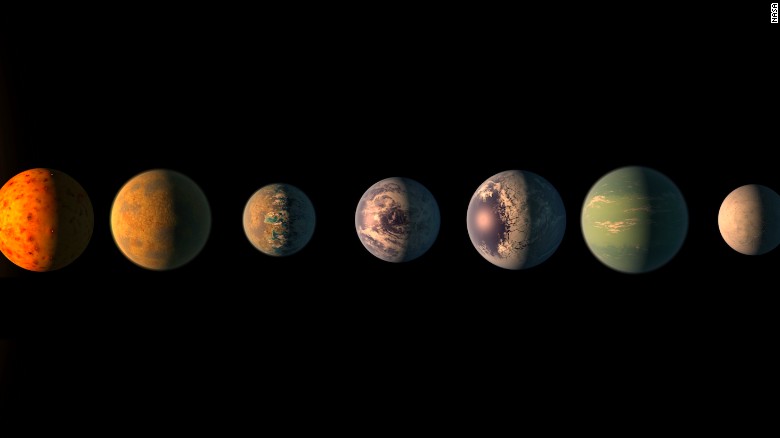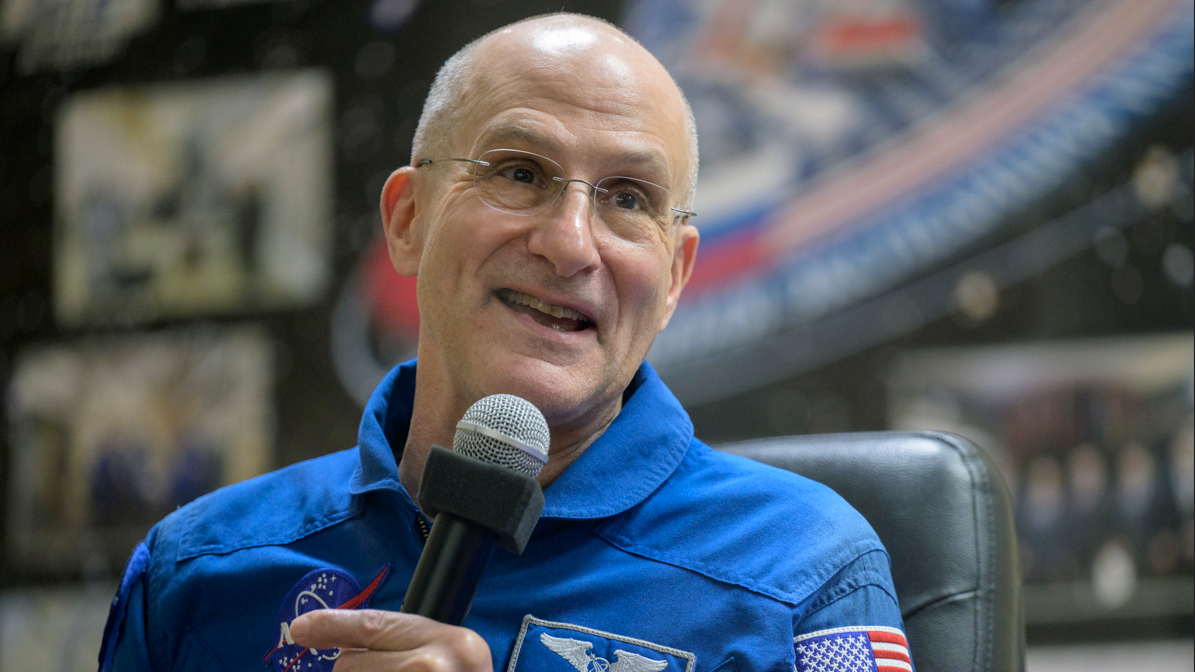Astronomers discover 7 new Earth sized exoplanets
Thu 23 Feb 2017, 10:20:39

Astronomers have discovered for the first time seven new Earth-sized exoplanets that may be able to sustain life.Lead researcher Michael Gillon, with the University of Liege in Belgium said, these exoplanets are orbiting a star 39 light years away. He said, they could have some liquid water and maybe life.
Astronomers have found other seven-planet systems before, but this is the first time to have so many Earth-sized worlds.All of them orbit at the right distance to possibly have liquid water somewhere on their surfaces. The planets closely circle a dwarf star named Trappist-1, which at 39 light years away makes the system a prime candidate to search for signs of life. Only marginally larger than Jupiter, the star shines with a feeble light about 2,000 times fainter than Earth's sun.
The researchers have caught only two glimpses of one of those planets, so they followed up on the faint signals with other
telescopes. That process included 20 consecutive days when NASA's Spitzer Space Telescope stared at the star.
telescopes. That process included 20 consecutive days when NASA's Spitzer Space Telescope stared at the star.
The resulting data showed that what the scientists thought was a single planet was actually four that orbit their star roughly every 4, 6, 9 and 12 days. Those four joined the two innermost planets, which whirl around the star once every 1.5 days and 2.4 days. The researchers also caught a hint of a seventh, more distant planet.
Gillon said that the six inner planets probably formed farther away from their star and then migrated inward. Now, they are so close to each other that their gravitational fields interact, nudging one another in ways that enabled the team to estimate each planet's mass. They range from around 0.4 to 1.4 times the mass of the Earth.
However, scientists say they need to study the atmospheres before determining whether these planets could support some type of life.
No Comments For This Post, Be first to write a Comment.
Most viewed from International
Most viewed from World
AIMIM News
Latest Urdu News
Most Viewed
May 26, 2020
Do you think Canada-India relations will improve under New PM Mark Carney?
Latest Videos View All
Like Us
Home
About Us
Advertise With Us
All Polls
Epaper Archives
Privacy Policy
Contact Us
Download Etemaad App
© 2025 Etemaad Daily News, All Rights Reserved.










.jpg)































